Magnificent Guilin — First Impressions of the Huangyao Ancient Town
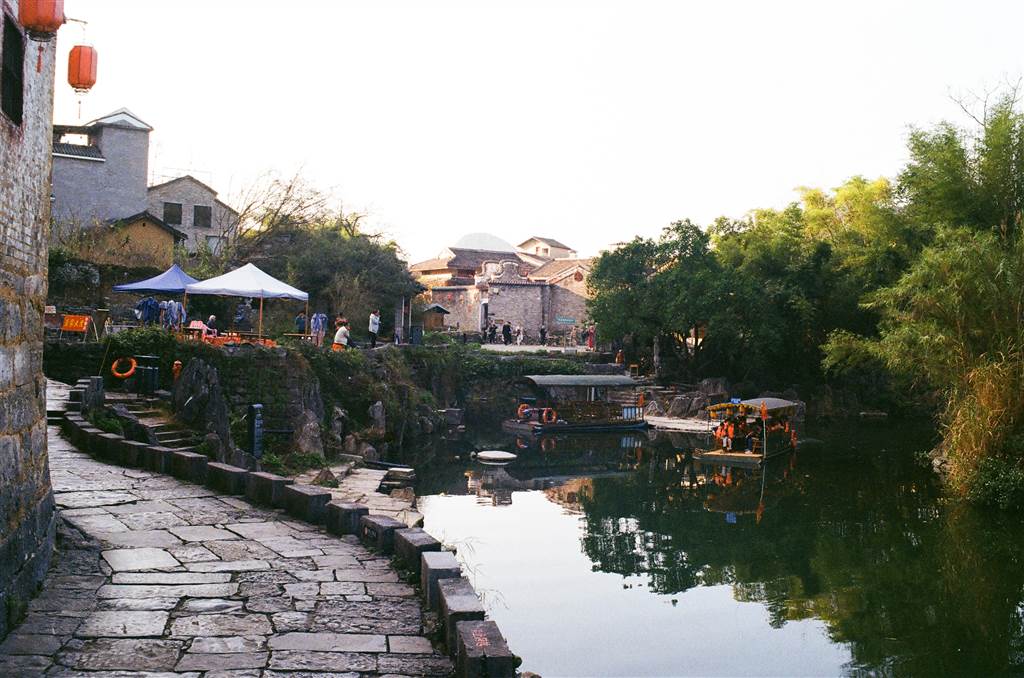
At the Qianxing Square drop-off point I first came across the Ancient Stage. Built in the third year of the Jiaqing reign in Ming dynasty (1524), the Ancient Stage was the only building in Huangyao that served the purpose of cultural performances. When it was running, the dramatic works of Guangxi Opera and Huadiao featured prominently in its programs.
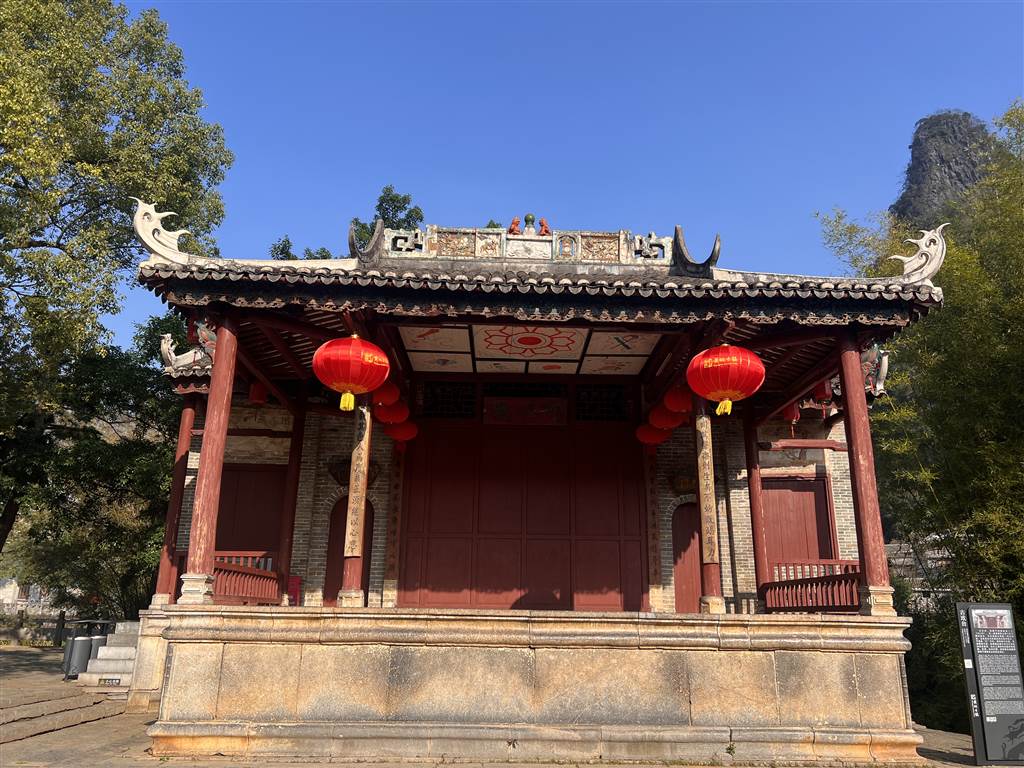
In terms of architecture, the Ancient Stage is a “single-eave, eight-pillar pavilion-type stage with gable-and hip-roof.” The stage consists of a the front stage and a rear wing room.
Some Preliminaries of the Huangyao Ancient Town
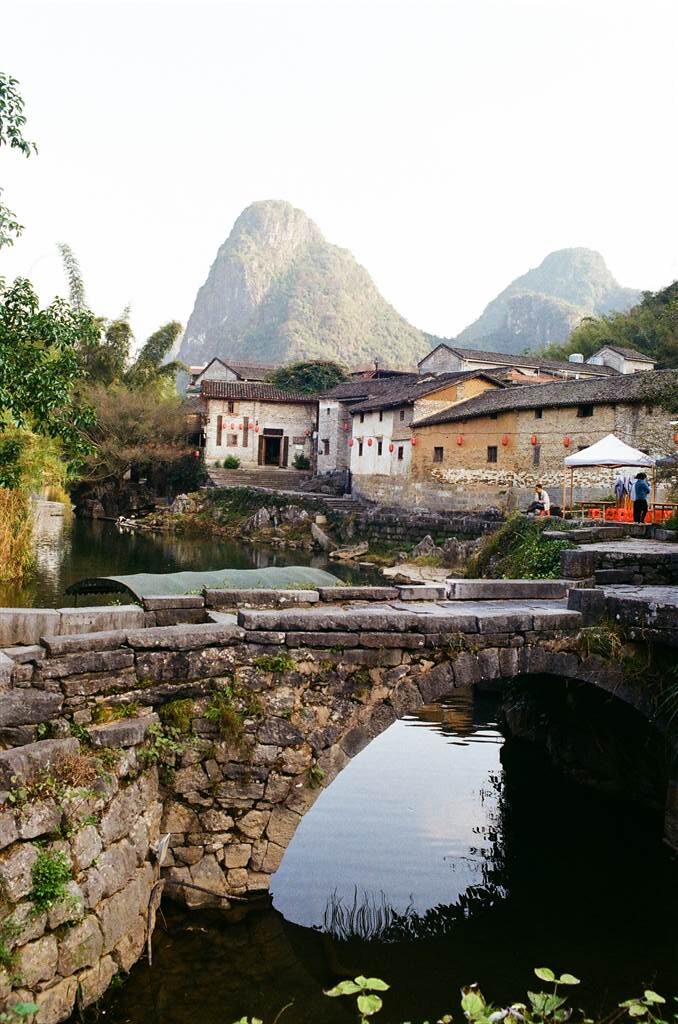
There is an entrance fee to enter the Huangyao Ancient Town. At the Tourist Information Center in Qianxing Guangchang (the Qianxing Square), I paid for my entrance fee. It was RMB 88 yuan.
There are guards at every gate of the ancient town checking your tickets. This is how it works: at the first entry you will present your purchased tickets. The guard will then scan your face. Once your face has been scanned, all entries into the ancient town will be verified with your face image. You simply place your face before the scanner and you will be admitted.
When I was on the coach to Huangyao, the lady that oversaw the bus told us that if you could wait till 5:30pm before going into Huangyao, then there is no need to pay the entrance fee because all the guards will be off duty then. I do not recommend this, as it takes a few hours to tour the ancient town and you do want to be able to take some pictures during the daylight hours. The commercial areas of the town are lit during the night hours, they are a different kind of beauty. But you would want to snap some good shots of the scenic spots, which are best presented with natural lighting. Even during the early dusk, when I started touring the ancient town, the scenic spots were wonderful.
The Dayuan Culture Theme Hotel

Once arriving in Huangyao, I hurried up and checked in to my hostel for the night. I was staying at the Dayuan Culture Theme Hotel (Mojia Dayuan, meaning the mansion of the Mo’s). It lies on the southern edge of the ancient town. At this location, the three sub-streams of the Yao river converge.
The Dayuan Culture Theme Hotel is an antique building itself. Originally the building belonged to the Mo clan. In the old times, the villagers referred to it as Xianshan Study. During the times of New China, the government had used the building as a warehouse storage for food.
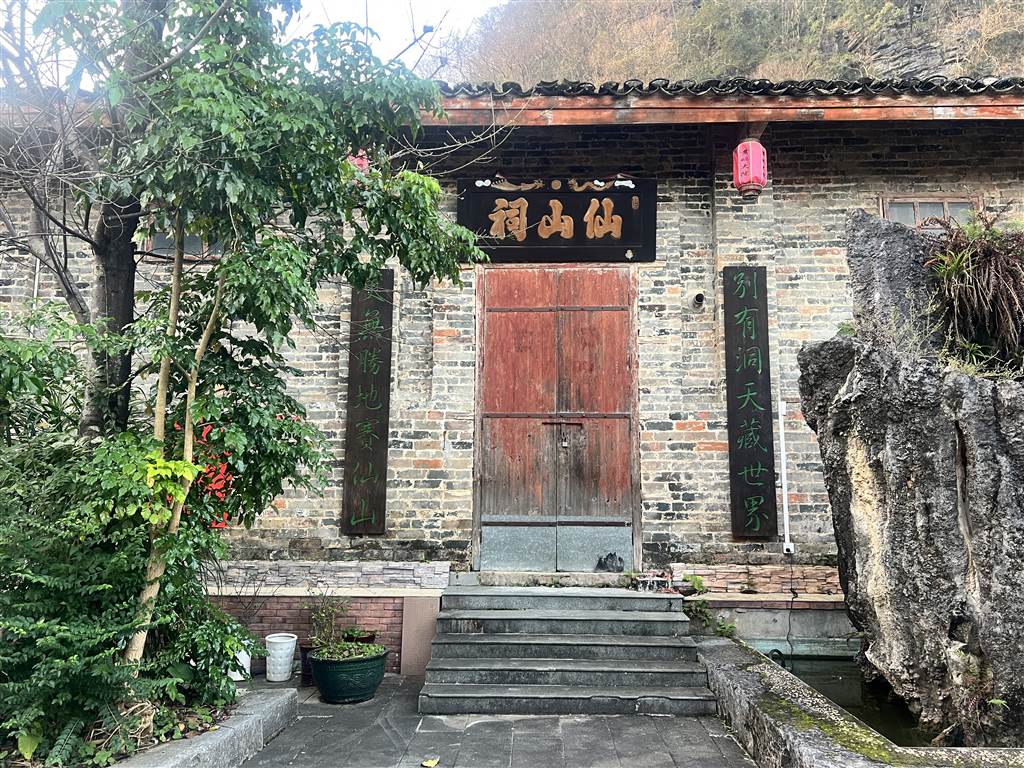
Photo: The Xianshan Ancestral Hall within the Dayuan Culture Theme Hotel. The Mo’s Mansion had once been known as Xianshan Study.
The house was built in the traditional style of siheyuan, which was a very popular building format, particularly in Beijing, for the thousands of years. Buildings are built on all four sides of a courtyard. This format was usually built to give home to large multigenerational households.
The building’s foundation was made of bluestones (limestones) and it took five years just to lay the foundation. In 2008, the government handed this building back to the Mo’s. In 2015, after careful restoration efforts, which included the fitting of materials that mimic an “aged look,” the hotel opened its doors to visitors.
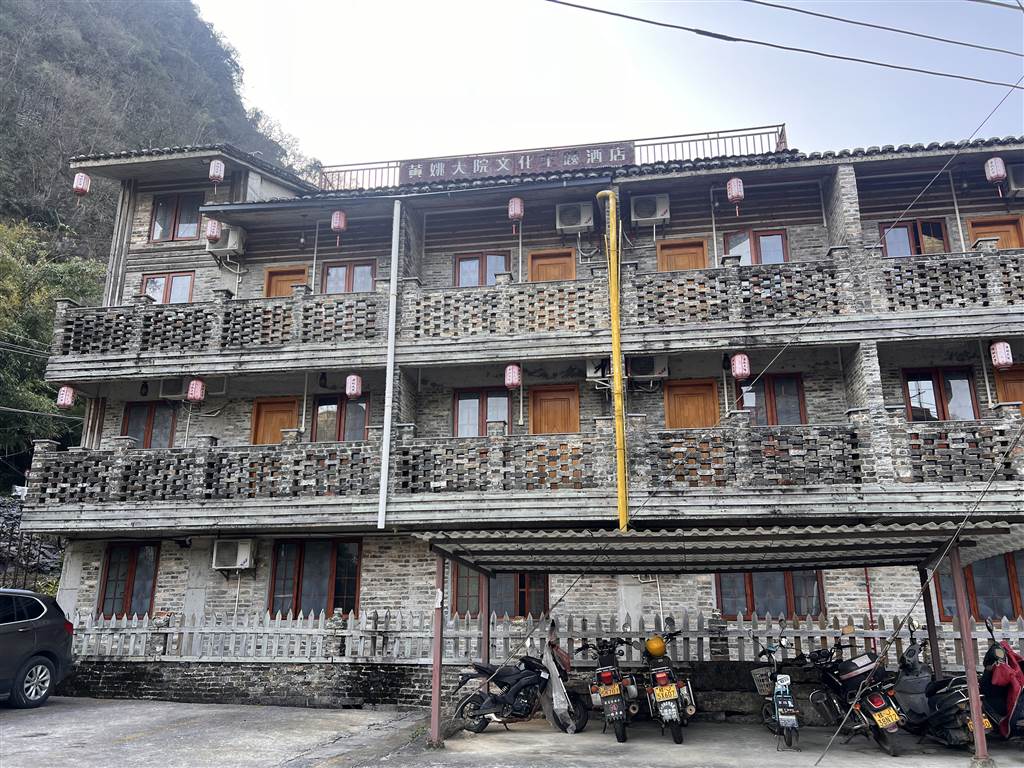
I had a free upgrade to a larger room with a balcony, from which I saw a peak cluster afar. I was exceedingly thankful for that.

Dusk was befalling soon and so I hurried out to the ancient town. I would only have time that evening and very early the next morning in Huangyao, because the only bus to Yangshuo would depart at 8:40 am the next day.

Monuments Nearby the Dayuan Culture Theme Hotel (Mojia Dayuan)
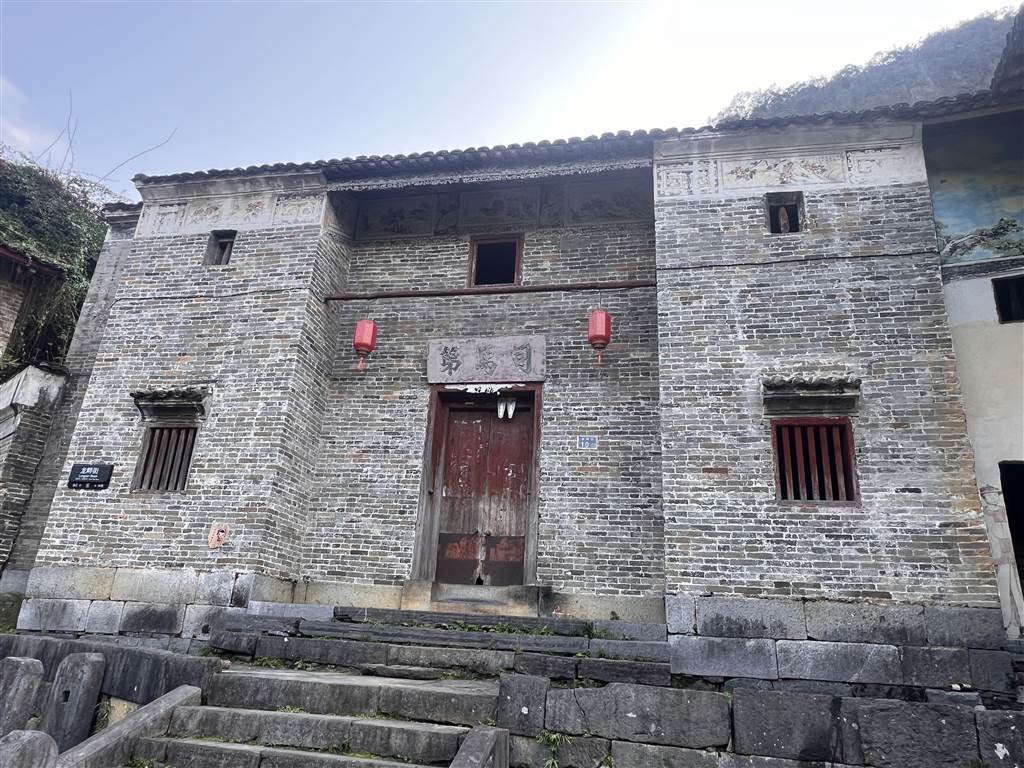
On my way to the Dayuan Culture Theme Hotel, there were some other very beautiful historical monuments, namely the Sima Mansion and the Shouwang Tower.
The Sima Mansion is a very special building in Huangyao as well, it being a residence for a government official. It belonged to Mo Airan, who was a Qing dynasty official and known as Sima Mo. The building had the layout of three bays and three courtards. Its raised platform bore the good will for a government official, meaning “with each step the official rank rises up.”
Lying next to the Yao River is the Shouwang Tower. It is the gatehouse to enter and exit Huangyao on the east. “The gatehouse adopts the square plane structure, with complete facilities, such as watching windows, loopholes and fences.” There used to be guards stationing here as a security measure.
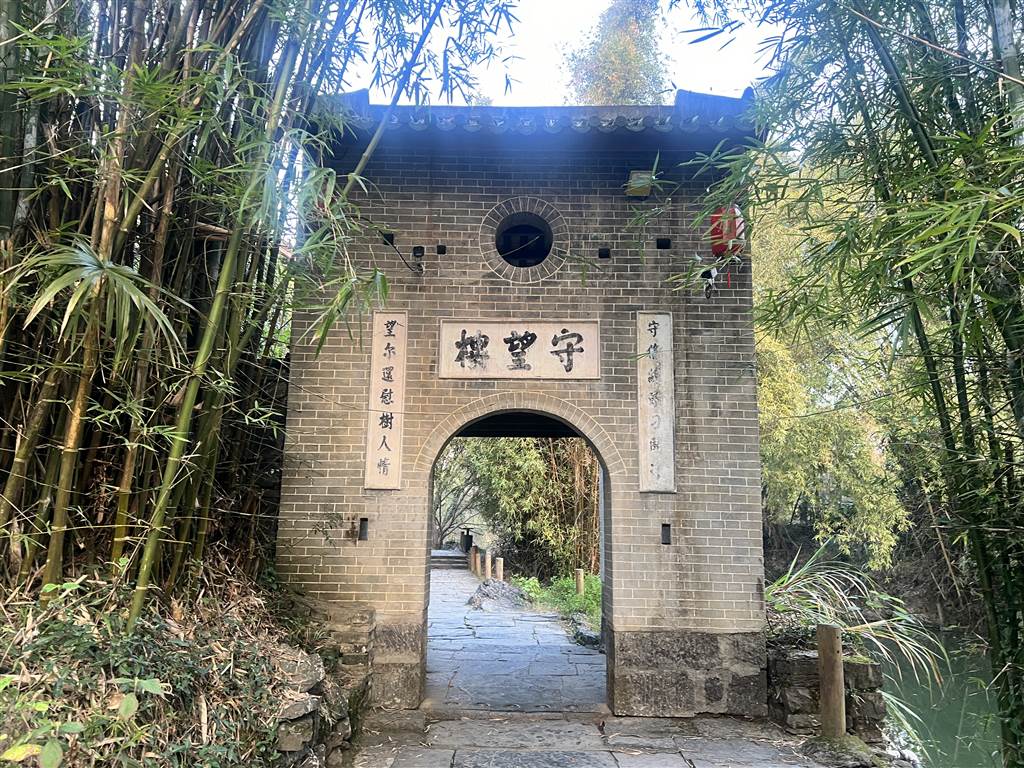
Sources
Descriptions on site at the Huangyao Ancient Town.
